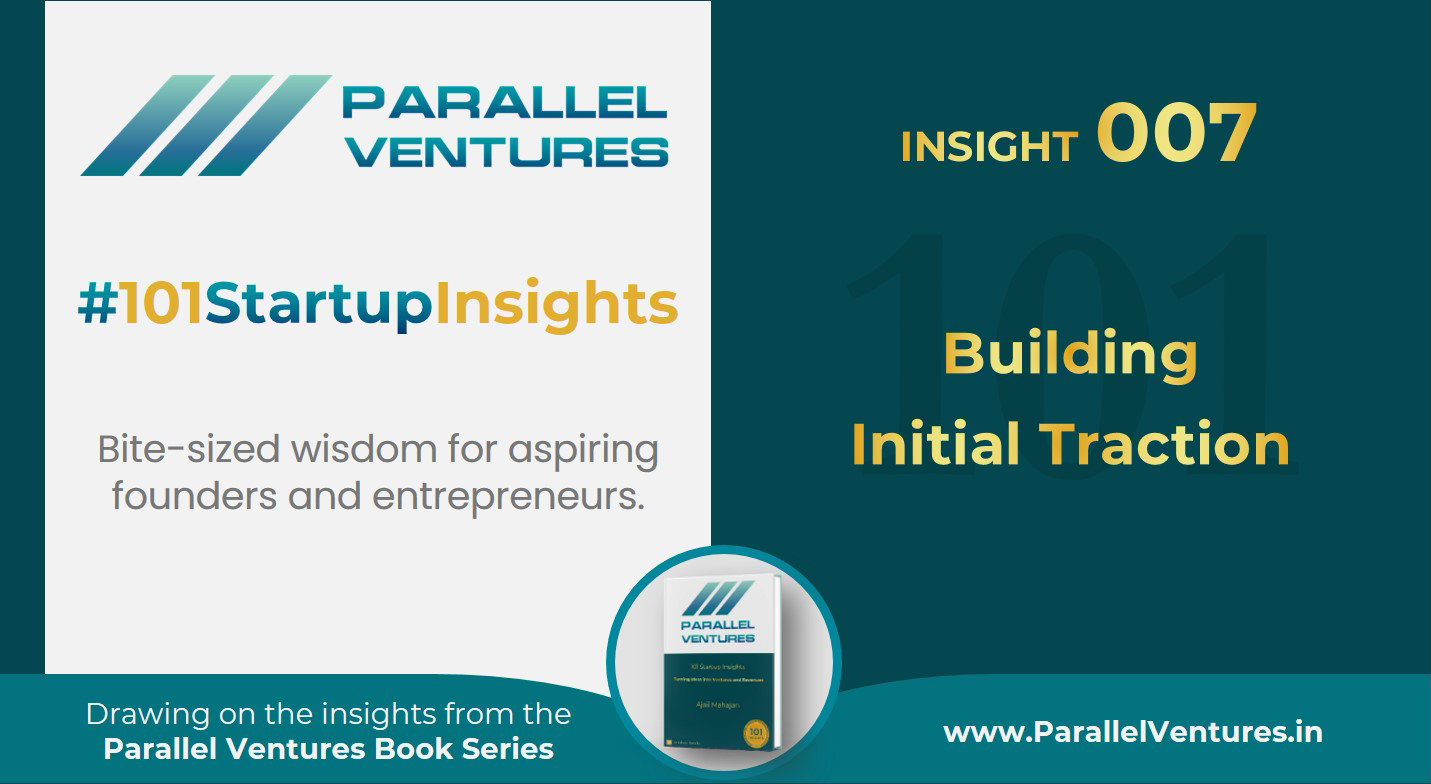
Starting a business often feels like stepping onto a stage—except the lights are off, the chairs are empty, and the mic’s not plugged in. You have something valuable to offer, but no one’s listening. Not yet.
That’s where early traction comes in.
It’s not about going viral. It’s not about scaling fast. It’s about getting those first few people to care. And then turning that care into momentum.
In this insight, we explore what it takes to move from silence to signal—and how smart, scrappy founders create marketing energy when the world is still unaware.
Traction Starts Before Recognition
Many founders assume marketing begins after launch. But the best ones know it starts long before that.
Traction is about resonance.
And resonance is built through conversations, connections, and content that people actually care about.
It’s not just what you say. It’s who you say it to, how you say it, and whether it matters to them at all.
Early marketing isn’t about scale—it’s about alignment.
How Priya and Rohan Sparked Their First Wins
Priya faced a common early-stage challenge: she believed in her mission, but struggled to reach the right audience. Rather than invest in expensive ads, she started with her personal network. She offered beta access to friends of friends, shared her brand story online, and slowly built a base of people who resonated with her ethos.
Her focus? Authentic storytelling. Her sustainable fashion brand wasn’t just a product—it was a purpose. And people rallied behind that purpose when it was communicated clearly and emotionally.
Rohan took a different path. His logistics startup was all about efficiency—and so was his approach to traction.
He launched with targeted digital ads, tested multiple variations, and tracked performance obsessively. He reached out to industry influencers who already had the trust of his target audience. And he created a referral program that rewarded early adopters for spreading the word.
Both succeeded—because they understood their audience and met them where they were.
What Traction Looks Like (Hint: It’s Not Always Loud)
Founders often confuse traction with popularity. But early traction is more subtle.
It’s not about noise—it’s about signs of engagement:
- A few users coming back again
- People signing up without being nudged
- Someone forwarding your post or tagging a friend
- A potential customer replying with, “This is exactly what I needed.”
These small signals are how early traction shows up.
Your job is to notice them—and amplify them.
5 Things That Actually Work for Early-Stage Marketing
- Start with a Niche Audience
Forget “everyone.” Focus on someone. The tighter your focus, the sharper your message. A well-served niche spreads your story faster than a generic crowd.
- Tell a Real Story
People connect with people—not products. Share why you started. What you’re solving. What you believe in. Let your audience meet you, not just your solution.
- Use the Channels You Already Have
Your personal network is your first distribution channel. LinkedIn, WhatsApp groups, niche forums, even alumni circles—don’t underestimate them.
- Make It Exclusive
Beta invites. Early access. “By invite only” pre-orders. Exclusivity builds intrigue—and makes people feel valued.
- Be Consistent and Responsive
You don’t need to post everywhere. But wherever you show up, be consistent. Track responses. Learn what resonates. Iterate fast.
Paid vs. Organic: Know When to Use Which
Rohan’s use of paid ads worked because it was intentional. He tested, tracked, and refined. But paid marketing is a tool—not a guarantee.
If you don’t know your audience or your message, ads will only burn money.
Start organically. Build your message. Then use paid channels to scale what’s already working.
The Founder Is the First Marketer
In the early days, you are the brand. Your voice, your energy, your belief—these are your startup’s first marketing assets.
Don’t delegate them away too quickly. Let your customers hear from you directly. Let your story shape the narrative.
That’s how early adopters become advocates.
This Insight Is Just the Beginning. In the Book, You’ll Explore…
- How Priya and Rohan built their first traction flywheels with minimal spend
- Real-life examples of zero-budget growth hacks
- Tools for planning early content, referral, and outreach strategies
- Frameworks to test messaging, channels, and niche positioning
- Common early-stage marketing mistakes—and how to avoid them
Before You Go
Traction isn’t magic. It’s momentum—built one story, one user, one connection at a time.
So don’t wait for the spotlight.
Step up. Speak up.
And start with the audience you already have.
See you in the next insight,
Warmly,
Ajaii Mahajan
Founder, Mentor, Author – Parallel Ventures
Related Links
🌱 Explore the Books – Parallel Ventures
